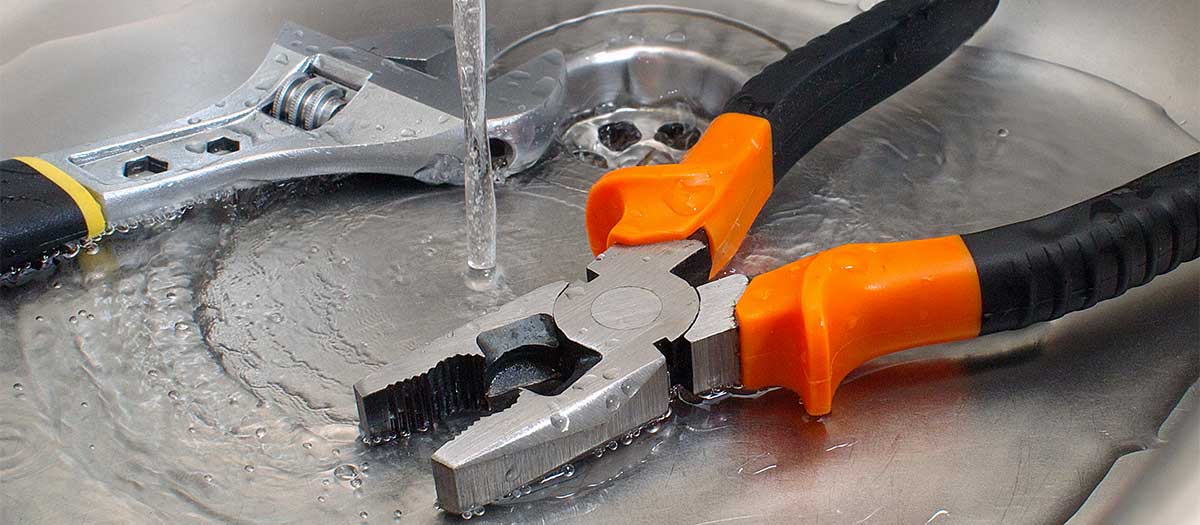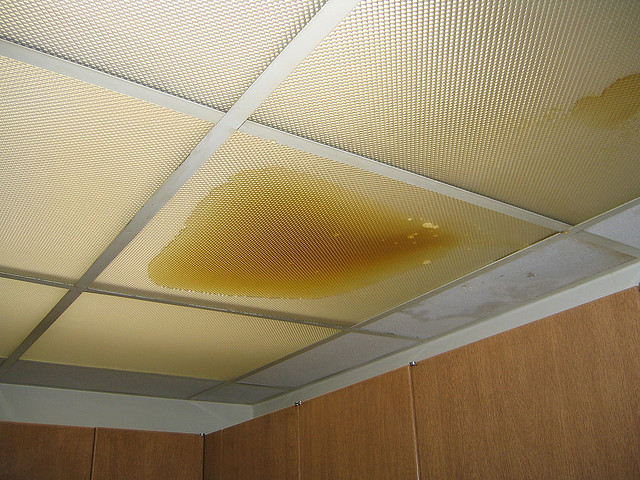Detect Invisible Water Line Leaks: Six Effective Hacks
Detect Invisible Water Line Leaks: Six Effective Hacks
Blog Article
Nearly everybody seems to have their personal way of thinking involving Hacks to detect leaks.

Early discovery of leaking water lines can mitigate a possible disaster. Besides saving you money, it will minimize the aggravation as well as irritation. The minute you discover a leak, calling your plumber for repairs is the very best option. Nonetheless, some little water leaks may not show up. If you can not find it with your nude eyes, here are some hacks that assist.
1. Analyze the Water Meter
Checking it is a surefire way that aids you discover leaks. If it moves, that suggests a fast-moving leak. This implies you might have a slow leak that might even be below ground.
2. Inspect Water Intake
Assess your water expenses as well as track your water usage. As the one paying it, you need to discover if there are any type of disparities. If you detect sudden changes, despite your usage coinciding, it suggests that you have leaks in your plumbing system. Remember, your water costs must fall under the exact same variety on a monthly basis. A sudden spike in your expense indicates a fast-moving leak.
Meanwhile, a steady increase every month, despite the exact same behaviors, shows you have a slow leakage that's also slowly rising. Call a plumber to completely examine your property, particularly if you feel a warm location on your flooring with piping below.
3. Do a Food Coloring Examination
When it comes to water consumption, 30% comes from commodes. If the color in some way infiltrates your dish during that time without flushing, there's a leakage in between the tank and also dish.
4. Asses Exterior Lines
Don't fail to remember to inspect your outdoor water lines too. Should water permeate out of the connection, you have a loosened rubber gasket. One small leak can waste heaps of water and increase your water expense.
5. Check and Analyze the Circumstance
Home owners need to make it a habit to inspect under the sink counters and also even inside cabinets for any bad odor or mold growth. These 2 red flags suggest a leak so timely interest is needed. Doing routine evaluations, also bi-annually, can save you from a major trouble.
Much more notably, if you recognize your home is currently old, maintain a watchful eye on your heating units, tubes, pipes and so on. Look for stainings and damaging as a lot of pipelines and also devices have a life span. They will likewise normally wear away due to tear and use. If you think leaking water lines in your plumbing system, don't await it to escalate. Call an expert plumber right now so you don't wind up with a terrible mess in your house.
Early detection of dripping water lines can minimize a potential catastrophe. Some small water leakages may not be visible. Inspecting it is a guaranteed method that helps you discover leaks. One little leakage can waste tons of water and surge your water bill.
If you suspect leaking water lines in your plumbing system, don't wait for it to escalate.
WARNING SIGNS OF WATER LEAKAGE BEHIND THE WALL
PERSISTENT MUSTY ODORS
As water slowly drips from a leaky pipe inside the wall, flooring and sheetrock stay damp and develop an odor similar to wet cardboard. It generates a musty smell that can help you find hidden leaks.
MOLD IN UNUSUAL AREAS
Mold usually grows in wet areas like kitchens, baths and laundry rooms. If you spot the stuff on walls or baseboards in other rooms of the house, it’s a good indicator of undetected water leaks.
STAINS THAT GROW
When mold thrives around a leaky pipe, it sometimes takes hold on the inside surface of the affected wall. A growing stain on otherwise clean sheetrock is often your sign of a hidden plumbing problem.
PEELING OR BUBBLING WALLPAPER / PAINT
This clue is easy to miss in rooms that don’t get much use. When you see wallpaper separating along seams or paint bubbling or flaking off the wall, blame sheetrock that stays wet because of an undetected leak.
BUCKLED CEILINGS AND STAINED FLOORS
If ceilings or floors in bathrooms, kitchens or laundry areas develop structural problems, don’t rule out constant damp inside the walls. Wet sheetrock can affect adjacent framing, flooring and ceilings.
https://www.servicemasterbyzaba.com/blog/how-to-detect-water-leakage-in-walls/

We hope you enjoyed our post on Leaking water lines. Thank you so much for finding the time to browse our article. Enjoyed reading our post? Please share it. Help another person check it out. Many thanks for your time. Come back soon.
Check It Out Report this page